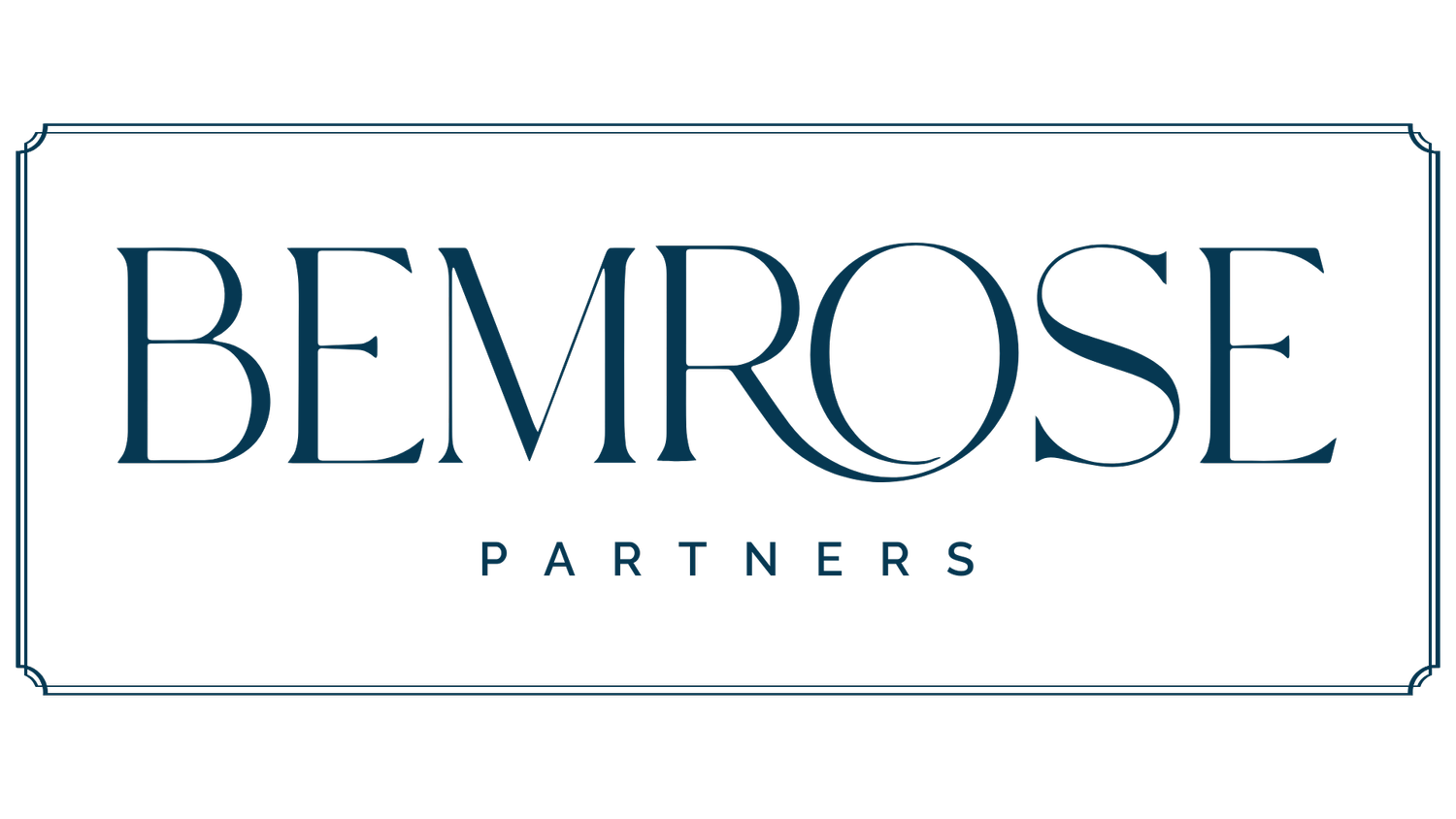Passing the Torch: Planning and Financing Business Succession
For private business owners, succession is more than a financial transfer. It is the passing of a legacy. This milestone blends emotional, operational, and financial priorities, requiring thoughtful planning, open communication, and alignment between current and future leaders.
Flexible Paths to Ownership Transition
Whether or not it is clear who should ultimately lead or own the business, the succession plan must account for evolving interests and capabilities. In these cases, having mechanisms in place to allow ownership to shift over time based on engagement, values, and contribution can reduce friction and preserve family unity.
One such mechanism is a buy-sell agreement, a legally binding contract that outlines how ownership interests in the business can be bought or sold under specific conditions. These agreements are commonly used to address scenarios like death, disability, retirement, or a desire to exit the business. In a family business context, buy-sell agreements can offer structured paths for active family members to increase their stake while allowing others to exit at a fair valuation.
Buy-sell agreements come in different formats. In a redemption agreement, the business itself repurchases an owner’s interest. In a cross-purchase agreement, other owners buy out the exiting party’s shares. These agreements typically define how the business will be valued, how payment will be made, and over what period of time. This structure helps prevent disputes, preserves business continuity, and supports long-term planning.
Funding the Generational Handoff
One of the greatest challenges in intergenerational succession is enabling the older generation to exit with fair value while allowing the next generation to take over without undue financial burden. Several financing options exist to help accomplish this:
Installment Sales: The incoming generation purchases the business gradually, using profits generated by the business itself. This allows the enterprise to fund its own transition and reduces the need for outside financing.
Seller Financing: The outgoing owner becomes the lender, offering favorable payment terms to successors. This structure often features flexibility in repayment schedules and lower interest rates.
Third-Party Lending: Successors may secure bank loans or use SBA-backed financing to complete the purchase. This method often requires a strong balance sheet and predictable cash flow.
Private Equity: Families seeking liquidity while retaining control might partner with a private equity firm. In this case, an outside investor purchases a minority stake in the business, with the sale proceeds being used to fund the buyout of owners looking to exit.
Management Buyouts: If family succession is not viable, trusted employees can step in. Owners may structure these transitions with a combination of seller financing and external funding.
Each of these options must be tailored to the business’s unique financial needs, the personal goals of the selling generation, and the vision of incoming leaders.
A Family Case Study
Consider Ben, owner of XYZ Inc., who has two children: Brenda and Harry. Brenda has worked in the business for years and has expressed a strong interest in continuing its operations. Harry, on the other hand, is less involved and would prefer to pursue opportunities outside the company. Ben initially plans to split ownership equally.
At first, this equal division seems fair. But over time, Brenda begins to take on more operational responsibility while Harry remains a passive owner. This imbalance leads to growing tension. Brenda feels she is driving the business forward without receiving corresponding benefits. Harry, meanwhile, feels stuck with an asset he does not want to manage but is not sure how to exit without disrupting the family.
In such a scenario, a thoughtfully structured buy-sell agreement could help. It could give Harry the option to sell his stake under predetermined terms, providing liquidity without conflict. Meanwhile, Brenda could gradually increase her ownership share, further incentivizing her to drive the business forward.
Preparing the Next Generation
Leadership transitions require more than legal or financial planning. Successors must be prepared through mentorship, operational training, and leadership development. In some cases, separating ownership from management may create a healthier structure. Professional managers and advisory boards can help guide the business during periods of transition, bringing objectivity and continuity.
A Holistic Strategy
No matter which succession method is chosen, the most successful plans thoughtfully align leadership responsibilities, ownership structures, business needs, and the complex dynamics within the family. Succession, done thoughtfully, becomes an act of stewardship. It protects the business as it exists today and prepares the next generation to build further.


